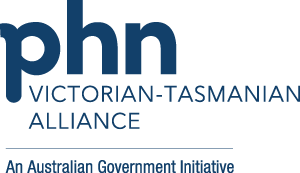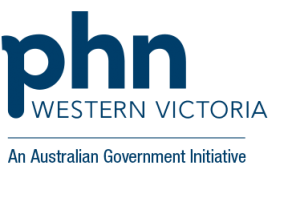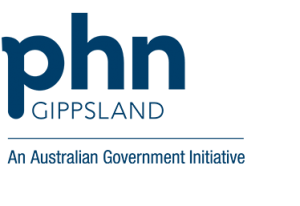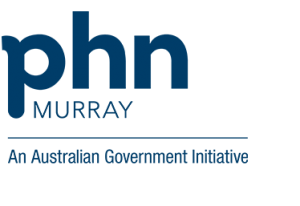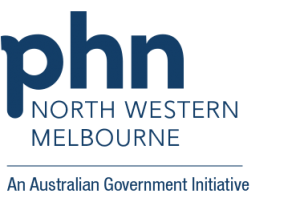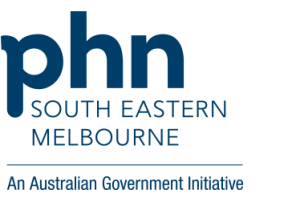The Victorian Government’s SafeScript real-time prescription monitoring initiative is focused on reducing the misuse and growing harms from high-risk prescription medicines.
This is a positive move to address the number of deaths from prescription medicines which is a major public health concern.
SafeScript allows prescription records for high-risk medicines to be centrally captured and transmitted in real-time to its database which can then be accessed by prescribers and pharmacists during a consultation.
SafeScript is for use in primary care as it is in this setting that patients are supplied high-risk medicines which are open to misuse when taken unsupervised in their homes.
This clinical tool is to assist in safer prescribing and dispensing decisions to facilitate the early identification, treatment and support for patients who have or at risk of developing dependence.
